Diagnostic Artificial Intelligence (AI) and pathology workflow optimization tools are two distinct categories of technologies used in pathology laboratories. In this blog post, we will walk you through the differences and give some examples of each.
Diagnostic AI
Purpose:
Pathology diagnostic AI involves artificial intelligence (AI) algorithms that assist pathologists in the identification, interpretation, and diagnosis of medical images, particularly scanned histopathologic slides.
Functionality:
- Image Analysis: AI algorithms can analyze digital pathology images to identify and sometimes quantify specific features relevant to disease diagnosis.
- Assistance in Diagnosis: AI tools can aid pathologists by highlighting potential areas of interest. They can also suggest specific diagnoses including grading, when appropriate, and accurately quantifying key findings.
- Predictive Analytics: Some future-facing AI applications are designed to provide predictive analytics. They can help in disease risk assessment and/or predicting patient outcomes.
Benefits:
- Increased Accuracy: AI can theoretically contribute to more accurate and consistent diagnoses by leveraging sophisticated image analysis, benefitting patients and providing more peace of mind for pathologists.
- Efficiency: Pathologists can benefit from reduced time searching for very focal lesions/findings and assessing tumor grade with the support of AI algorithms. In this sense, such diagnostic AI tools can also serve as a workflow optimization tool.
- Accurate Quantitative Data: Humans are excellent at pattern recognition but not so great at quantification vis-à-vis computers. AI can identify and provide the excellent quantitative data required for a complete and accurate report.
Workflow Optimization Tools
Purpose:
Pathology workflow optimization tools can improve the overall efficiency and organization of the pathologist’s and pathology laboratory’s processes, whether AI is utilized or not.
Functionality:
- Laboratory Information Systems (LIS): An LIS often provides tools to help with specimen, block, and slide tracking, reducing errors and streamlining workflow.
- Automation of Administrative Tasks: Automation of administrative tasks can reduce manual workload and minimize errors. An example is automated case distribution, allowing for fast and fair case assignment based on case type, pathologist location/capacity/state licensure, and vacation schedules.
Benefits:
- Improved Efficiency: Workflow optimization tools can streamline processes, improve turnaround times, and save costs.
- Reduced Errors: Automation and improved data management can help minimize errors, which obviously can be very costly to patients and, even when not serious, take significant lab and pathologist time/energy to rectify.
While pathology diagnostic AI and workflow optimization tools serve different purposes, they can complement each other when integrated effectively. One such example is Lumea’s BxCamera® which, while not actually diagnostic AI, does incorporate machine learning to localize, count, and measure each tissue fragment of a biopsy specimen, provide a gross description that can auto-populate into a custom template within the lab’s LIS. Over time, AI will replace and integrate into existing processes, promising improved performance and efficiency.

